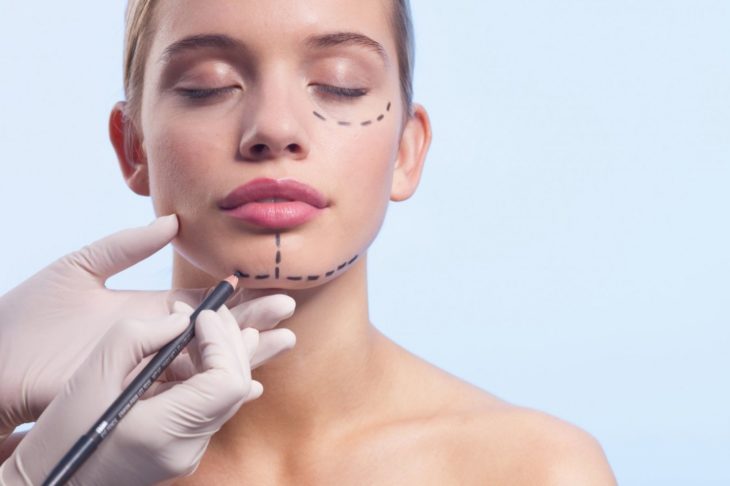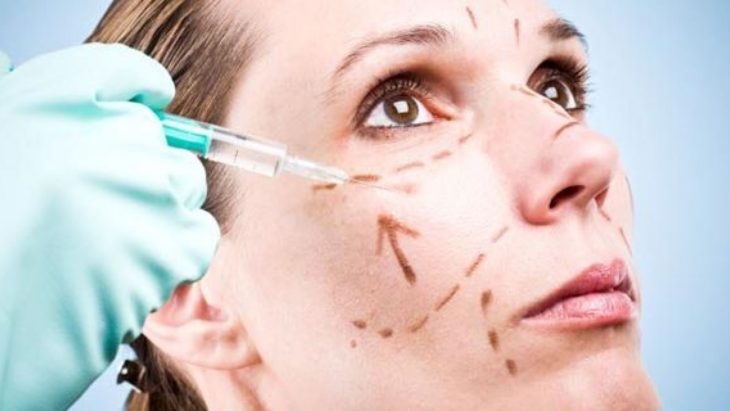Facial feminization surgery is not often discussed, which can lead to a bit of confusion about what this type of surgery can offer to the patient. The ultimate goal of any plastic surgery is to enhance the natural contours of the patient, in order to achieve cosmetic goals. Facial feminization surgery has the goal of altering the masculine facial features so that they take on a softer more feminine appearance.
Facial feminization surgery can be performed as a single surgical procedure, or it may be a multiple staged series of procedures to help achieve the desired results. There are a number of techniques that are used to perform this type of surgery, and several factors unique to each patient should be taken into consideration when determining which options are ideal for each individual.
Is facial feminization surgery right for you?

Source: bayareaaestheticsurgery.com
Working with a skilled cosmetic surgery is the best way for you to determine whether this is a suitable procedure for you. Facial feminization surgery may be the right choice for you, if the following applies to you and your unique situation.
- You are an adult, able to make the right choices for you
- You have a persistent gender dysphoria diagnosis
- You live now and have been living as the gender you identify as
- You have realistic goals and expectations from surgery
- You are working with a therapist who can help you work with any mental health concerns
- You are in excellent physical health
According to the knowledgeable and understanding experts at ThePlasticSurgeryClinic.com.au, the decision to undergo any elective surgery is one that is extremely personal. You will need to determine whether any benefits and results of the surgery will help you to achieve your realistic goals. You will also need to determine whether any potential risks or complications are acceptable for you. Many do view this procedure as an essential step in the right direction to help alleviate gender dysphoria.
This test, administered by qualified mental health professionals, assesses an individual’s experiences and feelings of incongruence between their assigned gender and their gender identity. The gender dysphoria test serves as a diagnostic tool to confirm the presence of gender dysphoria and plays a vital role in guiding the treatment and surgical options available to individuals seeking to align their physical appearance with their gender identity. Through this evaluation process, healthcare providers can better understand each individual’s unique needs and develop a personalized treatment plan that aims to provide the most effective and satisfactory outcomes in their gender transition journey.
Understanding the risks of facial feminization surgery

Source: ENT UK
During your consultation with your surgeon, you’ll be given detailed information about the risks that may be associated with surgery.
The potential risks of the procedure may include the following.
- Anesthesia risks
- Extensive bleeding
- Infection and poor incision healing
- Hematoma
- Slow healing bone
- Swelling that is prolonged
- Loss of hair along incision lines
It’s important to always be open and honest with your surgeon, particularly when it comes to any underlying or preexisting health concerns that you may have.
The steps for facial feminization surgery

Source: Fox News
Your surgery will be tailored to meet your needs and will also be based upon the personal preferences of your surgeon.
Prior to your surgery, you may undergo a medical evaluation or have a series of blood tests performed. You will be advised to stop smoking, avoid aspirin and other anti-inflammatory medications that can have an impact on bleeding.
The surgery itself will be performed under general anesthesia or intravenous sedation. Your surgeon will determine which is the best option for you.
There are many procedures that can be used to soften the facial features. Each person’s facial structure will determine the type of procedure that will be needed. Some may require more work than others will, to achieve the desired results. Some of the procedures that are most often used to soften and feminize the face may include the following.
- Contouring the forehead
- Advancement of the hairline
- Cheek augmentation
- Lip augmentation
- Rhinoplasty
- Chin surgery
- Jaw reduction
- Adam’s apple reduction
The healing phase will vary in length for each individual, but will generally require a week or two out from work so that you can recover. Continue to adhere to the instructions provided to you by your surgeon and attend any follow-up visits. This will help you to get the best results from your surgery.
